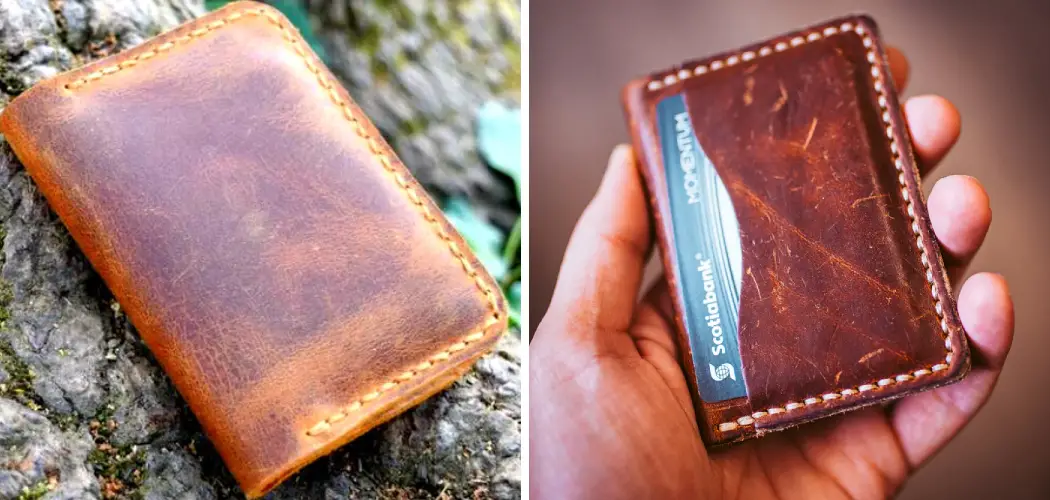A leather item with an aged patina will add character and style. Many leather enthusiasts opt for a product that already has a patina applied in the dying process, but others prefer to let the material age naturally over time. If you are someone who wants to speed up this process, there are several methods of accelerating the aging of leather.
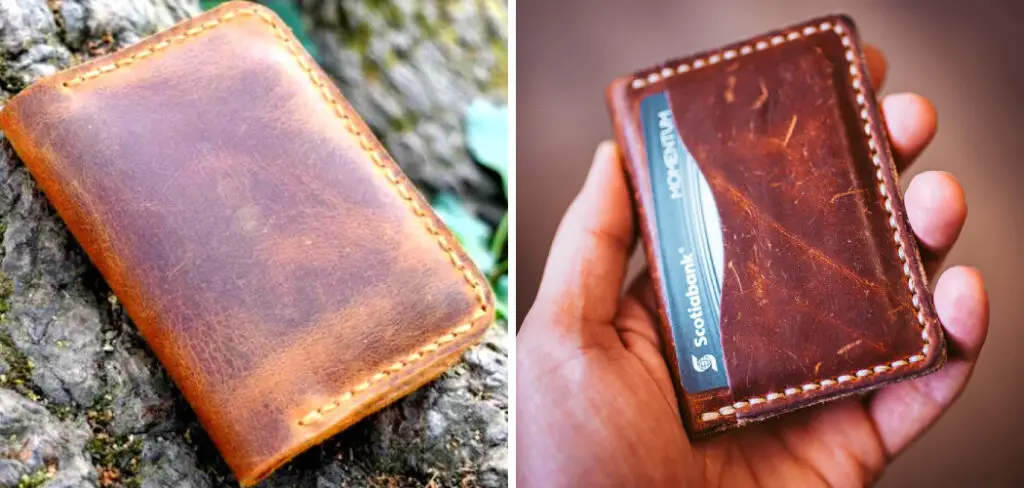
The advantage of speeding up patina on leather is that it can increase the lifespan of the material and provide a unique look that is sought after by many. Patina is a process that occurs naturally over time due to exposure to environmental elements such as air, light, and humidity.
Patina adds an attractive vintage look to leather items and increases their durability. Speeding up the process can save time and energy while still achieving the desired result. In this blog post, You will learn in detail how to speed up patina on leather.
Step-by-Step Processes for How to Speed Up Patina on Leather
Step 1: Inspect the Leather
Before attempting to speed up the patina process, it is important to ensure the leather is of good quality and free from defects. Inspect the leather for any signs of cracking, splitting, or other damage before proceeding.
Step 2: Prepare the Leather
After determining that the leather is in good condition, prepare it by wiping it with a damp cloth to remove any dust and dirt. If necessary, use a leather conditioner or polish to treat the leather and make it more supple and receptive to patina treatments.
Step 3: Apply Patina
Once the leather is ready, apply a patina product directly onto the surface of the leather. Many products are available for this purpose and can be purchased online or at a local craft store. Choose a product that is specifically designed to create patinas on leather and follow the manufacturer’s instructions for use.
Step 4: Apply Heat
After the patina product has been applied, it is important to apply heat to speed up the process of creating a patina. Use a heat gun or other heat source to direct the heat onto the leather in small areas. Move the heat source around and keep it moving quickly so that it doesn’t damage the leather or cause it to become too hot.

Step 5: Remove Excess Patina
Once you have achieved the desired color, remove any excess patina with a damp cloth. Once the patina has been achieved, it is important to protect and seal it in with a finishing product. Choose a product specifically designed for leather and apply it according to the manufacturer’s instructions. This will help ensure that the patina will last.
Step 6: Allow the Leather to Dry
After applying the finishing product, allow the leather to dry completely before using it. This will help ensure that the patina is fully set and not compromised by use or wear. As time passes, monitor the leather’s patina to ensure it is still intact. If needed, reapply heat and other patina treatments as desired.
Step 7: Clean Regularly
Regularly clean the leather with a damp cloth or leather conditioner to keep the patina looking its best and lasting longer. Finally, take good care of the leather and avoid exposing it to harsh elements or using treatments that are not designed for it. This will help ensure that your patina remains intact and beautiful over time.
By following these steps, you can easily speed up the process of creating a patina on leather and keep it looking its best.
Safety Tips for How to Speed Up Patina on Leather
- Make sure the leather product is suitable for patina or coloring treatments. Check the label to ensure it won’t be damaged by the chemicals you use in the process.
- Wear gloves if possible, as some patina products may contain harsh solvents and liquids that irritate your skin.
- Work in a well-ventilated space and avoid direct contact with your eyes, nose, or mouth while applying the patina to the leather.
- Use safety goggles if you’re working with chemicals that can irritate your eyes.
- Wear a mask when using harsh solvents to prevent inhalation of the fumes, as they can have an adverse effect on your health.
- Don’t leave leather products that you’re applying patina to in direct sunlight, as this can cause them to fade faster than intended.
- Test the patina product on a small, inconspicuous area before applying it to your leather product. This helps you ensure that the color is right and that it won’t damage the leather.
- Follow all manufacturer instructions carefully to ensure your patina looks great and lasts as long as possible.
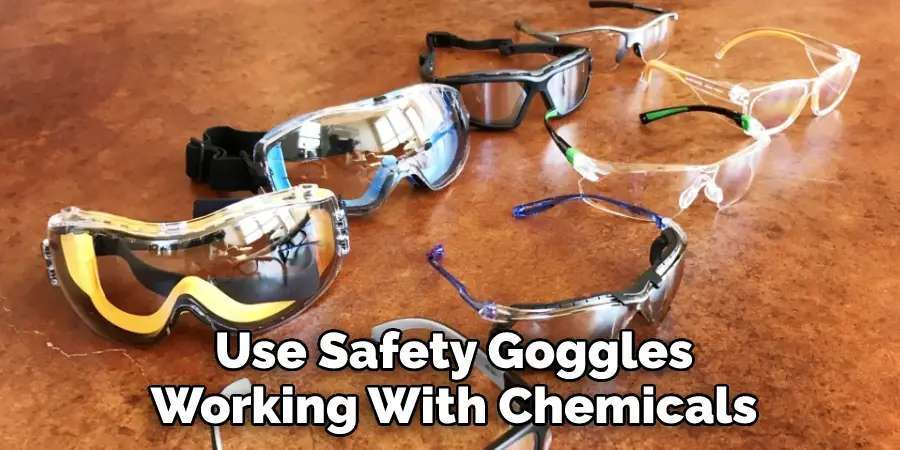
By following these safety tips, you can speed up patina on leather with increased confidence and peace of mind.
Are There Any Techniques to Help Bring Out the Vibrancy of the Patina?
Yes. You can use a few techniques to help speed up and bring out the vibrancy of patina on leather. The first is exposing the leather to sunlight or other forms of UV light for short periods of time. This will help to accelerate the natural processes that cause patina.
Additionally, another useful technique is using rubbing alcohol to remove any dirt or dust before exposing the leather to the light. This will help ensure that the patina appears evenly and smoothly across the leather surface. Finally, oiling or waxing the leather may also be a good option as this will help keep moisture away from the leather, which can speed up patina development.
It is important to note that any of these techniques should be done cautiously in order to avoid damaging the leather. If you are unsure about your particular situation, it is best to consult a professional before attempting any of these techniques. Doing so will help ensure that you are able to bring out the vibrancy of your patina without causing damage to the leather.
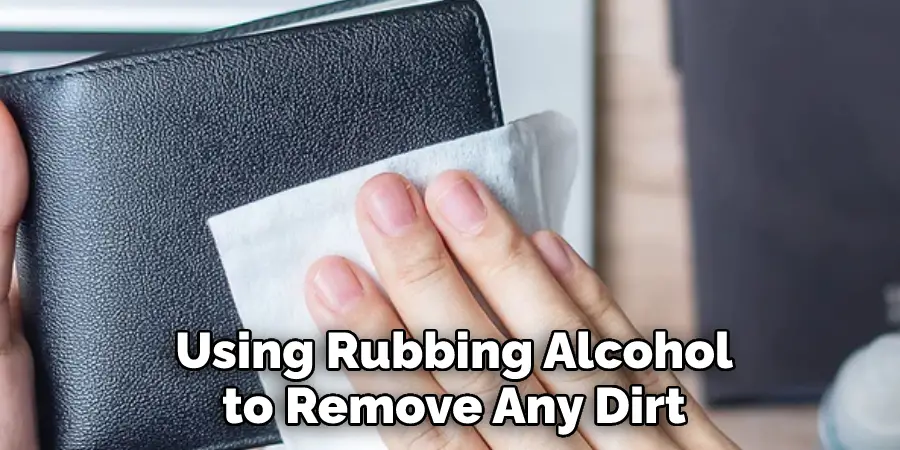
How Do You Maintain a Patina Once It Has Been Achieved?
Once the patina has been achieved, it is important to maintain it properly in order to keep it looking its best. To do this, you should:
- Avoid exposing leather items with a patina finish to water, direct sunlight, and extreme temperatures
- Clean leather items with a damp cloth or sponge as needed. Avoid harsh soaps or chemicals when cleaning.
- Condition leather items with a quality leather conditioner every few months to help maintain the patina and protect it from cracking
- Store your leather items in a cool, dry place away from direct sunlight when not in use.
- If needed, you can also use a leather dye to touch up areas of the patina that have faded with time. Make sure to choose an appropriate color for your leather type.
By following these steps, you can ensure that your leather item will retain its patina for years to come. It will also help you avoid having to speed up the patina process again due to damage or fading.
How Often Should You Apply a Patina Product or Technique to Maintain the Desired Look?
The frequency of applying patina products or techniques to leather items depends on your desired look and the type of leather product. For example, if you are looking for a light patina to give your leather accessory an antiqued, vintage look, then you will want to apply a patina product or technique every few months.
If you hope to achieve a darker patina, such as what you might see on an old pair of boots or gloves, then you may want to apply the patina product or technique more often. It is best to practice patience when applying patinas, as it can take quite some time for them to develop and reach the desired level of darkness.
When applying patina products or techniques, keeping an eye on your leather item is important. You may want to use a magnifying glass or loop to inspect regularly for any signs of cracking, fading, or discoloration that the patina product could cause. If you find any issues with your leather item, discontinue using the patina product or technique and take it to a leather specialist for advice.
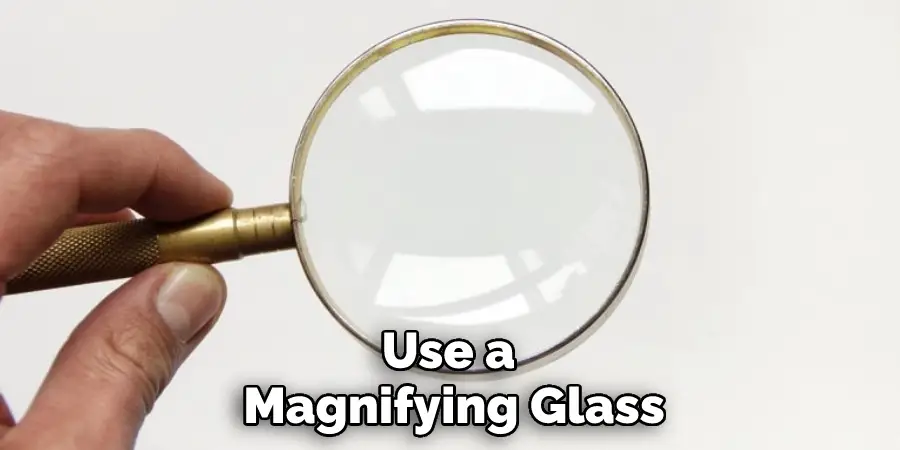
How Can You Prevent Damage to the Leather While Still Allowing It to Age Naturally?
When trying to speed up the patina development on leather, it’s important to take steps to prevent any damage that could be caused by hastening the process. Here are some tips:
- Use a leather conditioner or cream regularly. Regularly conditioning the leather will keep it moist and supple while allowing air in, which can help with aging.
- Handle the leather item carefully and avoid stress on it from friction, stretching, or bending.
- Keep the leather in a cool, dry place. Too much heat can accelerate the aging process too quickly and cause unnecessary damage.
- Treat any scratches or marks as soon as possible. Cleaning and treating scratches when they occur will help prevent them from becoming permanent.
- Avoid exposing the leather to any chemicals, such as cleaners or dyes. These can strip the patina away and damage the leather in the process.

By following these tips, you can ensure that your leather ages naturally over time while keeping it looking great.
Conclusion
In conclusion, speeding up the patina on leather is a great way to give any piece of leather an aged, vintage look. To speed up the patina process, you can use natural and artificial methods such as exposing it to sunlight or rubbing lemon juice or other acidic substances onto the surface.
Patience is key in achieving the desired result, and it’s important to remember that the results will differ depending on the type of leather and the environment it’s being left in. I hope reading this post has helped you learn how to speed up patina on leather. Make sure the safety precautions are carried out in the order listed.

